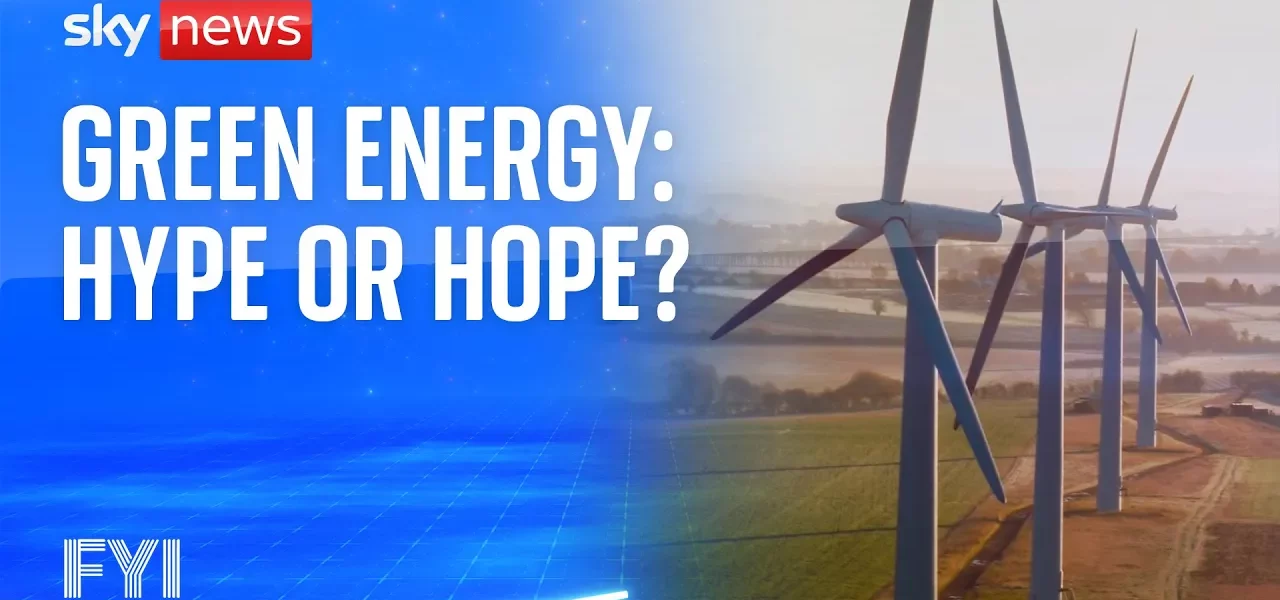How Much Energy Do We Use and Where Does It Come From?

Energy consumption is an integral part of our daily lives, influencing everything from the devices we use to the food we eat. This article delves into the sources of our energy, the implications of fossil fuel reliance, and the promising future of renewable energy alternatives.
Introduction
Energy is a fundamental component of modern society, powering homes, transportation, and industries. Despite its importance, many individuals remain unaware of how much energy they consume daily and the sources from which this energy is derived. Over the last century, our energy consumption has surged, primarily due to the widespread use of fossil fuels like coal, oil, and natural gas. This article explores the historical context of energy use, the environmental impact of fossil fuels, and the potential of renewable energy sources to shape a sustainable future.
The Rise of Energy Consumption
Historically, humanity’s energy use was relatively low, but rapid industrialization and technological advancement have led to unprecedented levels of consumption. The last hundred years have seen a dramatic increase in energy use, primarily fueled by fossil energy sources.
Understanding Fossil Fuels
Fossil fuels are derived from the remains of ancient plants and animals buried underground for millions of years. They are rich in carbon, which, when burned, releases energy. Key points about fossil fuels include:
- Fossil fuels are categorized into three main types: coal, oil, and natural gas.
- They are the primary energy source for electricity generation and transportation.
- Burning fossil fuels emits greenhouse gases, contributing to climate change.
The Environmental Impact of Fossil Fuels
While fossil fuels have powered our development, they come at a significant environmental cost. The carbon emissions released during their combustion are a major contributor to global warming and air pollution.
Climate Change and its Consequences
The reliance on fossil fuels has led to a rise in global temperatures, resulting in severe weather patterns and environmental degradation. Some of the consequences include:
- Increased frequency of extreme weather events.
- Melting ice caps and rising sea levels.
- Loss of biodiversity and habitat destruction.
The Promise of Renewable Energy
In response to the challenges posed by fossil fuels, renewable energy sources have emerged as viable alternatives. These sources offer a path toward a more sustainable and environmentally friendly future.
Types of Renewable Energy Sources
Renewable energy is harnessed from natural processes that are replenished constantly. Key types include:
- Wind Energy: Generated using wind turbines, wind energy is harnessed from the movement of air.
- Solar Energy: Solar panels convert sunlight into electricity, providing a clean energy source.
- Hydro Power: This energy source uses flowing water to generate electricity, making it one of the most efficient renewable sources.
Challenges of Renewable Energy
Despite its benefits, renewable energy faces challenges, including:
- Intermittency: Wind and solar energy depend on weather conditions.
- Storage: Solutions are needed to store energy for use during non-production periods.
- Infrastructure: Upgrading the grid to accommodate renewable sources is vital.
Expert Insights on Renewable Energy
To gain a deeper understanding of renewable energy, we spoke with Dale Vince, a pioneer in the green energy sector. His insights shed light on the potential and challenges of renewable energy.
Wind Energy Solutions
Dale explained that while wind turbines do not generate energy without wind, connections across Europe allow for energy sharing during varying conditions. This interconnectedness is crucial for optimizing energy use.
Solar Energy Storage
Regarding solar energy, innovations such as battery storage systems enable homeowners to store excess energy produced during the day for use at night, enhancing solar energy viability.
Leading Countries in Renewable Energy
Countries like Norway exemplify successful renewable energy implementation, deriving nearly all their electricity from hydro power and exporting surplus energy to neighboring countries.
Conclusion
The transition from fossil fuels to renewable energy sources is not just beneficial; it is essential for the health of our planet. As we face the challenges of climate change, embracing renewable energy will be crucial for sustainable development. Individuals can contribute by reducing energy consumption and supporting green initiatives. The future of energy lies in innovation, collaboration, and a commitment to sustainability. Together, we can pave the way for a cleaner, greener planet, leaving fossil fuels behind for good.
For more insights on energy solutions and sustainability, check out our related articles on renewable energy innovations and climate change solutions.
“`




